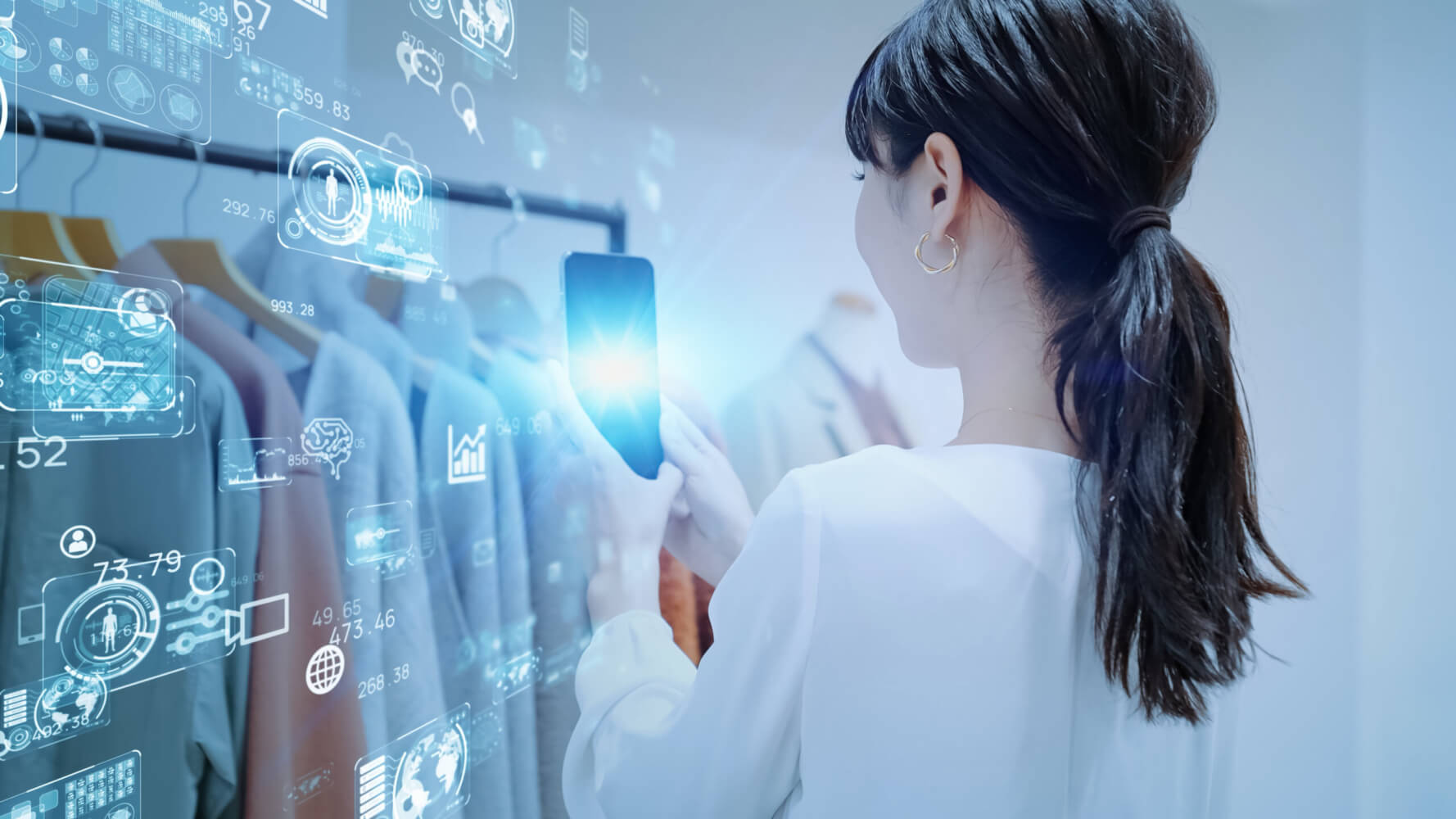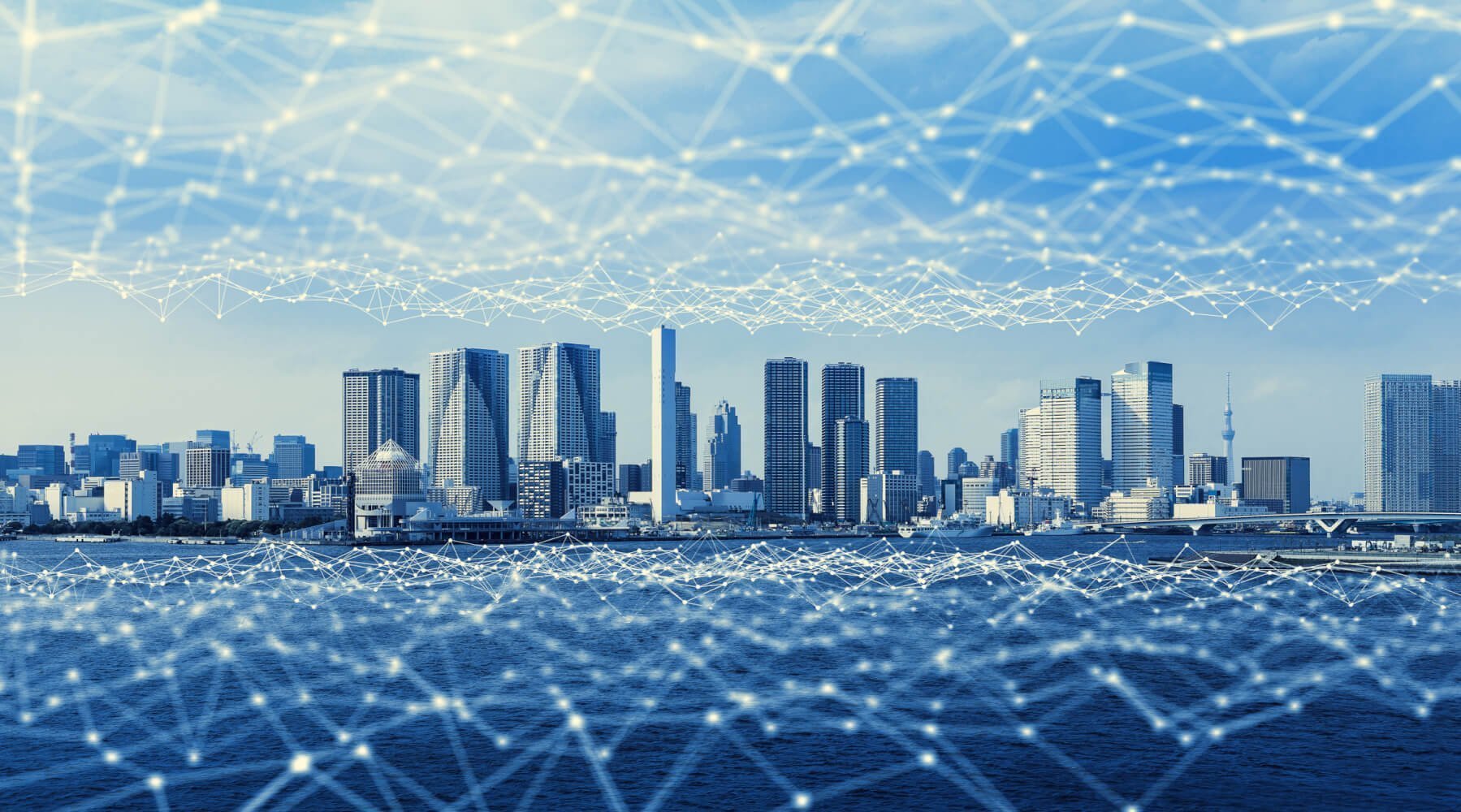LTE-M, the low-power, wide area (LPWA) cellular technology, is specifically designed for IoT. It prioritizes a powerful reach over long distances and scalability for large or growing deployments, allowing the connection of simple devices that transmit low volumes of data over long periods of time with low power consumption.
These features make LTE-M and other LPWA technologies ideal for any number of use cases, opening up the very real possibility of connecting all kinds of assets through a single, secure, and lasting solution. In other words, LTE-M will lead to massive IoT, empowering organizations to work with increased operational efficiency while gaining greater insights into their entire business.
Logistics
LTE-M is ideal for assets on the move because devices need to operate without a fixed power supply or regular recharging. And due to the extensive coverage it provides, LTE-M allows you to track the location and status of assets such a vehicles or containers while still maintaining an excellent battery life. Any number of things can be tracked and recorded, including fuel consumption, stops and starts, toll fees, route taken, driver behavior, etc. You can track the conditions of the goods, looking at things like humidity, temperature or other container conditions that could have an adverse impact on your assets, which allows you to react sooner, rather than when it might be too late.
Industry/Manufacturing
IoT is already being used to improve the safety and efficiency of industrial production, but monitoring things like petrochemical and waste storage or hazardous fluid tanks can be challenging, due to remoteness and dangerous conditions With LTE-M, low-power, low cost sensors enable monitoring of everything from humidity and temperature to impacts and breakages, enabling better use of manpower, keeping safety standards high, and saving money by catching problems early.
LTE-M Benefits
LTE-M allows you to operate in extremely challenging locations, such as under manhole covers, in underground pipes or in car parks, basements or other remote areas. It is suitable for both static and mobile use cases.
Lower costs
LTE-M-enabled IoT devices are cost effective to produce, and inexpensive to buy. They also cost less to scale up. Longer battery life means no external power supply is needed, while maintenance costs are reduced due to fewer onsite visits.
Enhanced security & reliability
LTE-M networks are secure and reliable, with carrier grade security. Since LTE-M operates on the licenses spectrum, devices are not subject to radio interference or congestion, a risk that unlicensed LPWA technologies face since there is no control of the radio environment.
Future proof
LTE-M is the standard set by 3GPP (Third Generation Partner Project), and is neither vendor nor operator dependent. Instead, it is supported by multiple providers, as well as hardware manufacturers globally. LTE-M is set to become a part of the 5G standard as it evolves, ensuring it will be supported for a very long time.
Smart Cities
In order for a smart city ecosystem to become a reality, there is going to have to be a mass deployment of IoT devices across everything from car parks to street and traffic lights to buildings, public transport, and other public spaces. This mass deployment will be interconnected, making city life easier to navigate in any number of ways, whether that means knowing where you can find a free parking space or when the next bus will arrive, as well as keeping public areas more secure with real-time monitoring of public spaces. Mass deployment brings new cost requirements in order to make projects feasible, thus its support for low-cost devices makes LTE-M a true enabler for these use cases.
Utilities
LTE-M-enabled devices allow you to monitor remote infrastructure and assets, such as underground pipelines and wind, solar, or thermal generation equipment, as well as smart meters. This will improve efficiencies, allow for predictive maintenance (which in turn leads to cost savings), and provide vital information on things like energy consumption, leading to improved sustainability.
In real terms this could mean monitoring ageing water supply systems, which are prone to leakage and other issues but where challenges are difficult to identify before they become a real problem and cost everyone a lot of money. Sensors detect leaks much more quickly, which allows them to be repaired faster.
LTE-M can also enable use cases where actuators in the field need to be triggered with very low delay, thanks to LTE-M’s very low latency characteristics, especially when compared to other LPWA technologies.
Agriculture/Environment
It’s not easy to change a battery on a cow! Because LTE-M provides the required mobility, reliability, and remote coverage, the tracking and monitoring of livestock such as cattle, as well as wild animals is greatly enhanced. Out in the field, condition monitoring is simplified, giving you the ability to monitor things like soil quality, weather, temperature, humidity, etc. And governmental agencies and scientists can use LTE-M sensors to analyze water levels, predict flooding, and issue early warnings.
If you would like to learn more about how IoT and LTE-M can enable your business, please get in touch.









